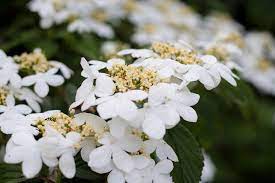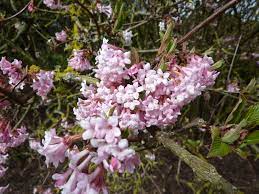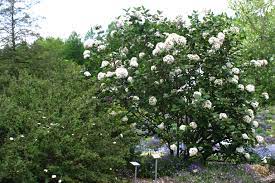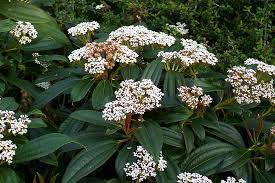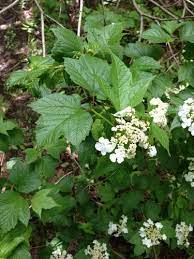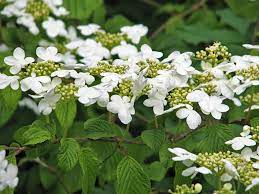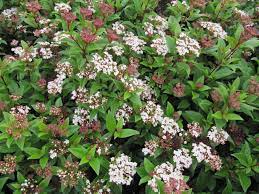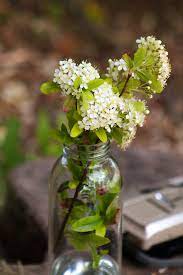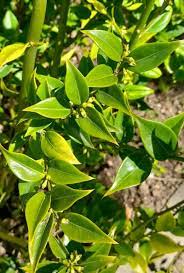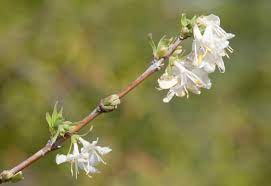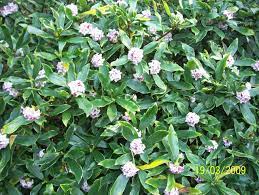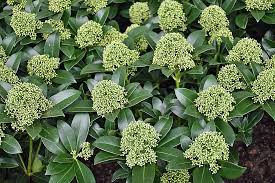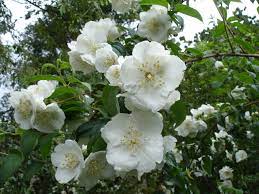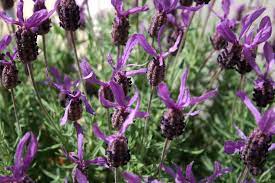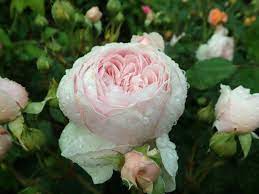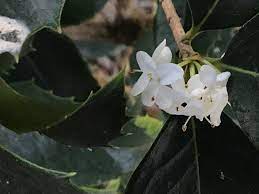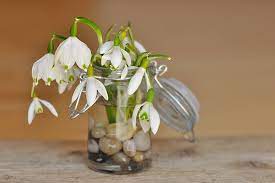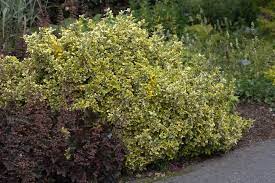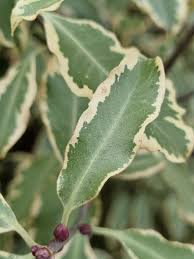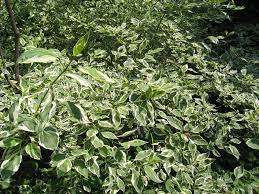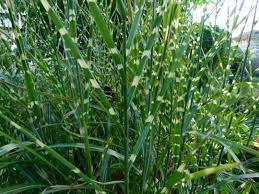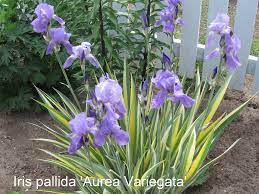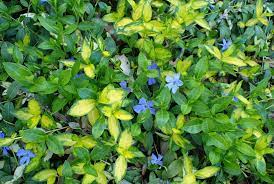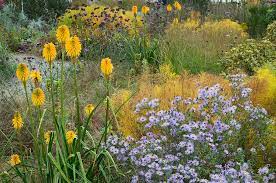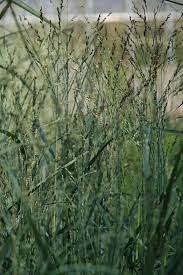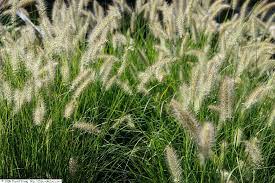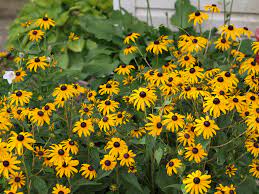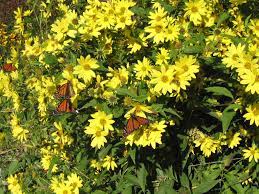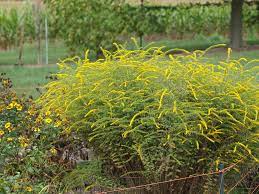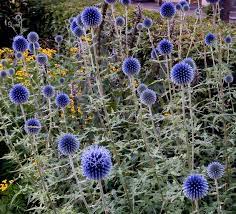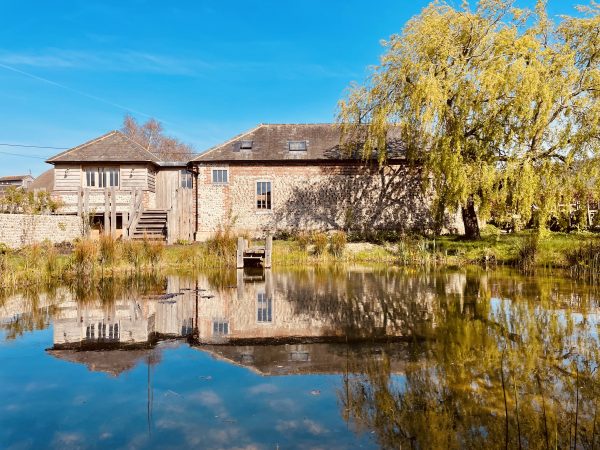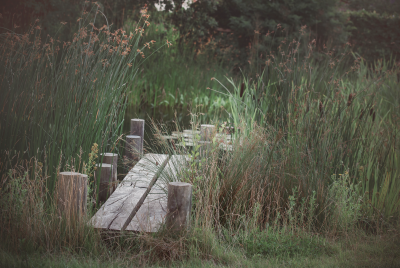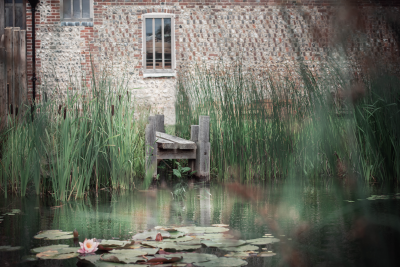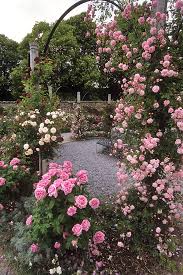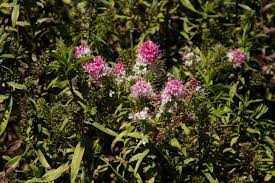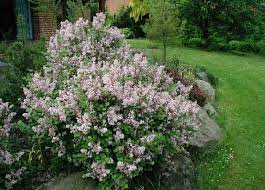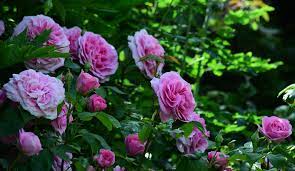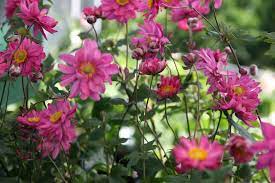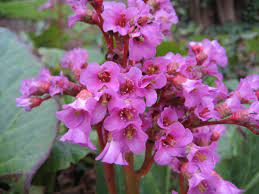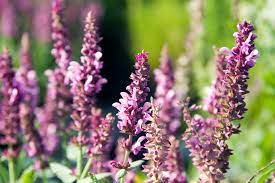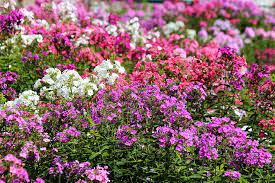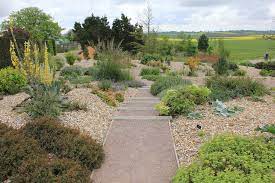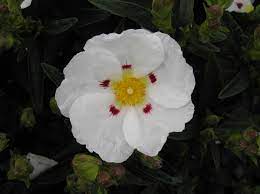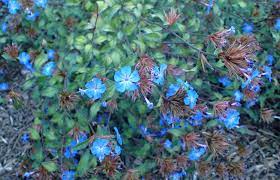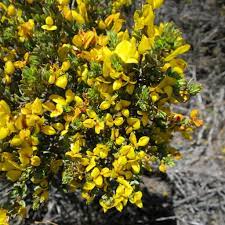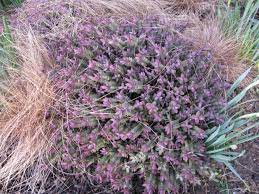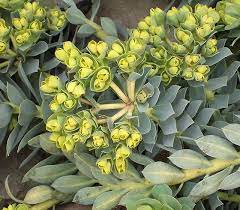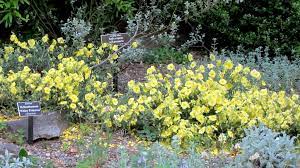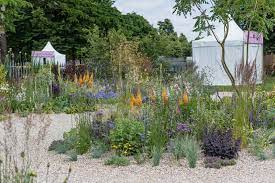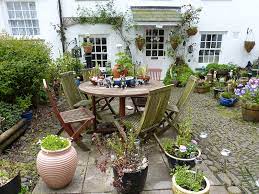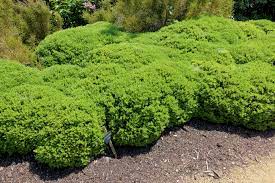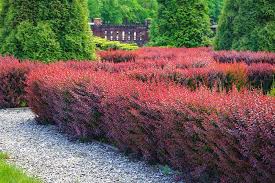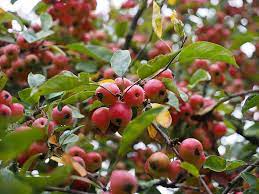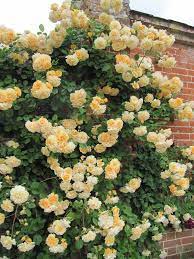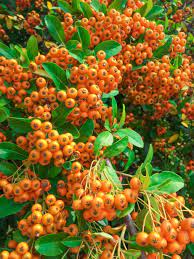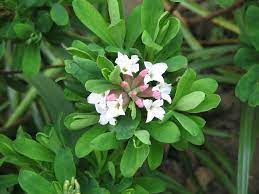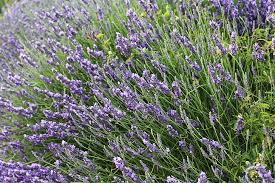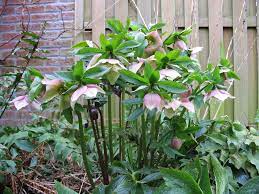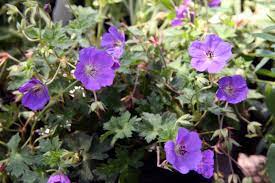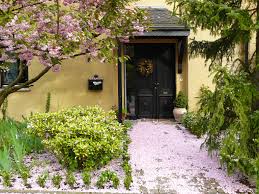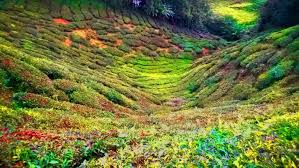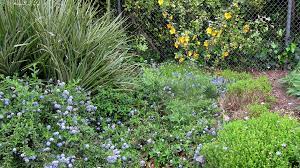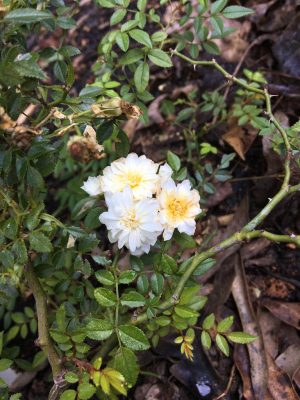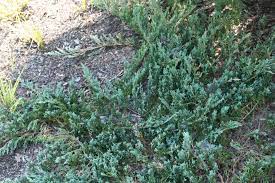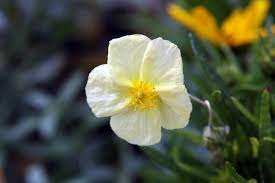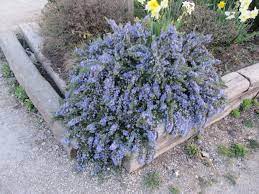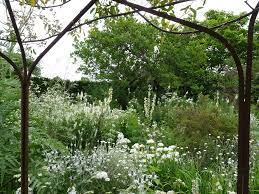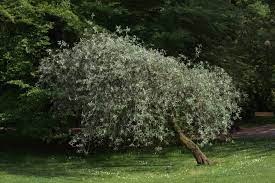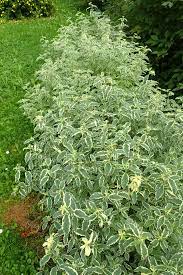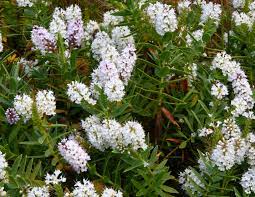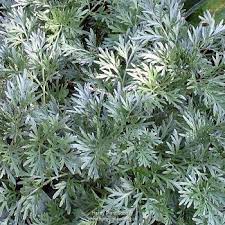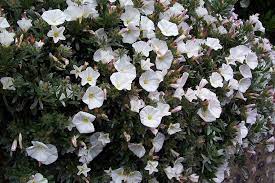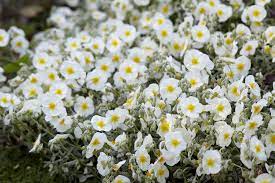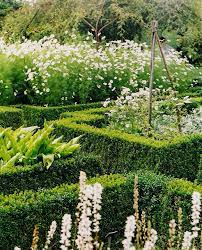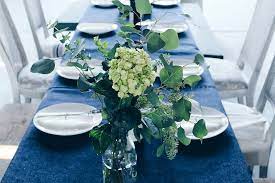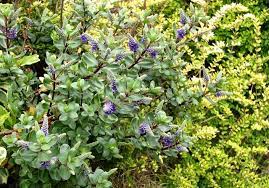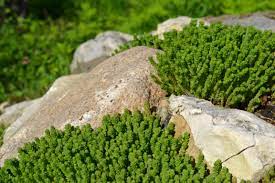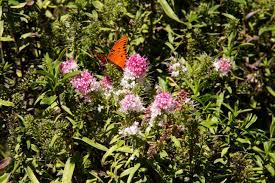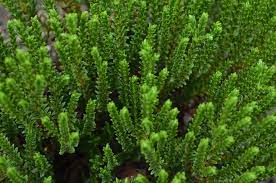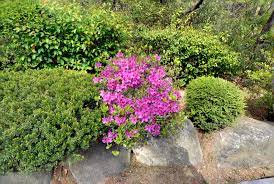
Mixed ground cover
Ground cover, is the unsung hero of all planting schemes, whether scrambling over the base of trees in a densely shady area, or hiding unsightly man hole covers in the middle of the flower bed. Crawling under shrubs and other plants from it’s most basic being a weed suppressant to a highly decorative added element to the planting scheme. Ground cover planting deserves as much thought as the main stars of the planting show. Here are a few to consider.
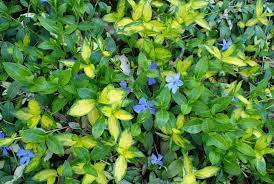
Vinca minor ‘Illumination’
Vinca minor ‘Ilumination’: This is a superb ‘periwinkle’ like all of the minor variates it dose not have the same thug like qualities as the major and this is a real star. A low creeping habit with dark glossy green leaves, and a striking central splash of golden variegation. With purple open flowers in early spring. Witch tolerate quite dense shade, will cope with almost all soil conditions except waterlogging.
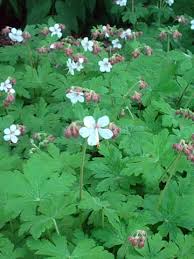
Geranium macrorrhizum ‘Album’
Geranium macrorrhizum ‘Album’ : A wonderful, low growing geranium with a spreading habit and easily seeds. The soft light green foliage, takes on red autumn hints when it gets cold. Soft pink buds open to white delicate flowers from mid summer, dead head to prolong flowering. Will do well in quite dark shade and dry conditions.
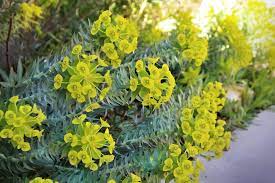
Euphorbia myrsinites
Euphorbia myrsinits: A lovely crawling ground cover plant for a sunny position on poor soil. Whirls of glaucous grey foliage spread low across the ground. Clusters of sulphur green flowers are borne at the end of the creeping stems. A striking plant.
Lamium maculatum ‘Sliver Beacon’
Lamium maculatatum ‘Sliver Beacon’: This is a vigorous spreading plant, growing low to the groud , it can be a thug, so only plant where it can get up a head of steam. Mid green foliage with central sliver/white variegation.. With soft pink small flowers in early spring. Will cope with dense dry shade. Most soils, accept very thin and water logged soils.
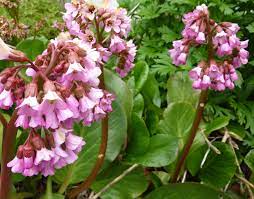
Bergenia ‘Baby Doll’
Berginia ‘Baby Doll’: A valuable ground cover plant that makes crowed dense groups up to 20cm high. Of glossy dark green leaves and flower spikes of vivid pink flowers in early spring, sun to dappled shade. Grow in a humus rich soil.
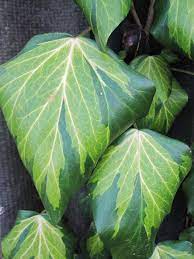
Hedra cancariensis ‘Sulphur Heart’
Hedra cancariensis ‘Sulphur heart’ ( paddy’s pride): This ivy is the “Big daddy” of ground cover planting. Ives are not just for large walls, they do very well scrambling across the ground. With large shinning leathery leaves of mid to dark green with a strong central yellow splash and cream leaf edges, this is a dramatic ground cover to brighten any dark corner. Will tolerate even dense dry shade and most soil types accept water logged soil.
I hope I have inspired you to look again at ground cover planting and the many plants that fill this all important niche.

